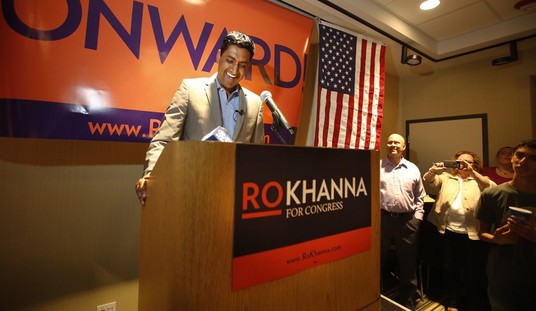When Starbucks announced last year that tables and bathrooms in their stores were open to anyone, whether or not they bought coffee, it seemed likely that the outcome would be negative. Now a study published last week by outside researchers has found foot traffic is down nearly 7 percent at Starbucks since the policy change.
Academics from the University of Texas at Dallas Jindal School of Management and Boston College Carroll School of Management, in collaboration with SafeGraph, released a comprehensive research study that revealed Starbucks visits declined 6.8%, relative to nearby restaurants and cafes, after the company changed to an open bathroom policy.
“The results in our study highlight the difficulty companies can have when trying to engage in different forms of socially responsible behavior,” said David Solomon, Associate Professor, Boston College, and Umit Gurun, Professor, University of Texas at Dallas. “Our team was very interested in what the economic consequences would be of an open bathroom policy as an example of providing a public good. While the hope is always that providing public goods will be rewarded by the market with increased sales and new potential customers, this isn’t necessarily the case. In this instance, even taking into account new people brought in by the policy, the total number of visits was significantly lower, consistent with crowding of tables and bathrooms deterring customers.”
The researchers who produced the study relied on anonymized cell phone tracking data, which allowed them to monitor visits to Starbucks stores and to compare that to visits to other competing coffee chains. It also allowed them to determine that proximity to homeless shelters played a role in driving down traffic:
The decrease after the policy enactment is significantly larger the closer the location is to a homeless shelter. Stores less than two kilometers away experienced declines of 8.3% relative
to nearby coffee shops, while stores more than 10 km away experienced declines of only 4.5%. Again, this decline in attendance is not from worsening economic conditions in these areas – rather it captures the change in Starbucks relative to nearby coffee shops experiencing the same local economic conditions. The decline in far-off locations indicates that the problem is not limited to stores near homeless populations…We directly establish the existence of a bathroom channel by examining police citations for public urination in several cities. We find a decrease in citations near Starbucks locations relative to other areas after the enactment of the policy…
These results suggest that the new policy has been costly to Starbucks, particularly in locations closer to homeless shelters.
So the new policy seems to be benefitting cities by decreasing the number of incidents of public urination but that comes at a cost to Starbucks.
The policy change was announced after a manager at one store in Philadelphia called the police on two black men who hadn’t ordered anything (they were waiting for a third person). The arrest of the two men was captured on cell phone video. After the story became national news, Starbucks shut down all 8,000 locations for racial sensitivity training and announced the new “third place policy” that would make tables and bathrooms available to anyone regardless of purchases.
Starbucks is disputing the findings claiming, “Customers are visiting Starbucks at record numbers.”







Join the conversation as a VIP Member